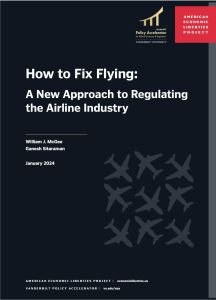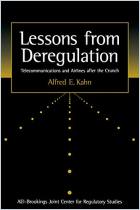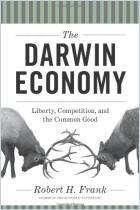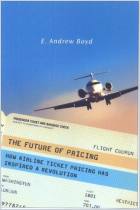
How to Fix Flying
A New Approach to Regulating the Airline Industry
Recommendation
In 1978, Congress passed legislation deregulating the US airline industry. The goal was to make the sector more competitive, which should have resulted in lower consumer costs and more travel options. But since then, competition has actually decreased, with only four legacy airlines now serving passengers, who face increasing prices and reduced service. Aviation experts William McGee and Ganesh Sitaraman examine the industry and propose a regulatory architecture that would address these problems. Airline executives and passengers will find this a robust analysis of the sector and its issues.
Summary
About the Authors
William J. McGee is a senior fellow at the American Economic Liberties Project and the author of Attention All Passengers. Ganesh Sitaraman holds the New York Alumni Chancellor’s Chair at Vanderbilt Law School and is the author of Why Flying is Miserable: And How to Fix It.














Comment on this summary